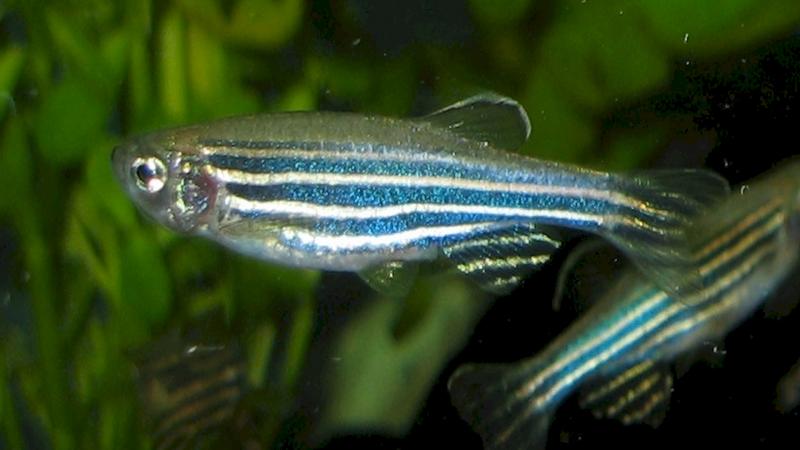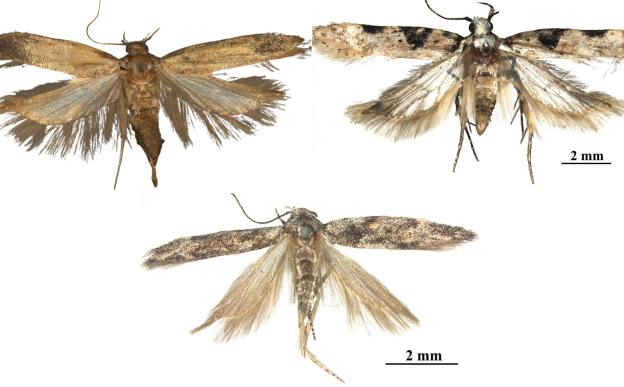
Animal behaviour studies, which began in the 1970s, had a rocky start as they were viewed as a deviation from biological studies. They try to answer questions relating to why an animal's behaviour differs with different organisms and environmental factors, and the cost-benefits associated with each behaviour. Such studies help to understand not only the biology of the organism but also its ecological role. In one such study, Dr Anuradha Bhat and her group at the Indian Institute of Science Education and Research, Kolkata, have looked at the mating behaviour of zebrafish.
Zebrafish are used as ‘model organism’ for studies ranging from genetics to the development of diseases like cancer. Their genome is 70% identical to that of humans. Since they have a short life cycle and are easily observable, they are now used for such studies.
“While research on wild zebrafish behaviour is gaining ground, our knowledge about their mating ecology and mating strategies is still limited,” says Dr Bhat, who has been studying zebrafish behaviour for over a decade. She is also the Principal Investigator of the Fish Ecology and Behaviour Lab at IISER Kolkata.
Zebrafish takes its name from the horizontal blue lines that run across its body. A male can be distinguished by its pink or yellow-tinged belly while the female has a silver tinted belly. They are known to stay in shoals and only separate into pairs during mating. The pairs move to shallow waters, where the female lays its eggs on a surface, and the male fertilises them. However, for organisms that live in a community or group, there are complex interactions between members that can be influenced by environmental factors.
The current study, published in the journal Behavioural Processes, investigated six behaviours associated with aggression, mating and courtship display between male-female pairs. These included biting, nudging, chasing, leading where one fish guides another, circling and quivering where two fish come close and their bodies quiver. After accustoming the fish to a lab environment, the zebrafish were put into male-female pairs that were made randomly and observed over a course of 24 hours, at various intervals. Half of the pairs had a substratum to deposit the eggs. Observations were recorded for each pair in the early morning, morning and afternoon.
The study found that mating behaviours like nudges, leads and quivers varied with time and sex. Nudges, which helps in the release of eggs in females, were significantly more in males from early morning to morning. Leads and quivers occurred more often in females, prominently in the mornings. Aggressive behaviours, which is important in territorial species that live in shoals, were seen among males as they sought to find a mate.
A decrease in these three behaviours was seen when the substratum was not present, showing the importance of environmental conditions in the onset of these behaviours. The lack of a substrate also reduced the chances of mating among the pairs. The sex of the individual and the presence of a substratum also imparted an effect on other non-contact behaviours like chasing and circling. Since there is no parental care among zebrafish, finding a safe place to lay eggs is vital to ensure their survival.
Studies like these, that explore mating and courtship behaviours, can give us insights into the factors like isolation or selection, which can promote divergence of species through evolution. This study also shows us how certain environmental factors play a key role in important biological processes like mating.
“Our results could not only add to knowledge about the behavioural ecology of this species but also provides insights on the overall behaviour or several similar freshwater fishes that show external fertilization and have similar mating strategies,” concludes Dr Bhat.
This article has been run past the researchers, whose work is covered, to ensure accuracy.





